Introduction
Watermelon, with its juicy, sweet flesh and refreshing taste, is a staple of summer. Whether enjoyed as a refreshing snack, blended into a smoothie, or incorporated into a savory salad, this fruit brings a burst of hydration and flavor to warm weather days. However, selecting a perfectly ripe watermelon can be a challenge, especially for those unfamiliar with the telltale signs of maturity. This comprehensive guide aims to demystify the process of choosing a ripe watermelon, ensuring that your next slice is as delightful as it should be.
Understanding Watermelon Varieties
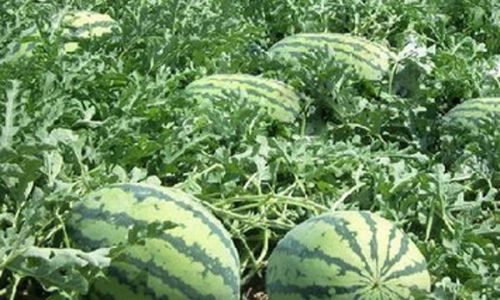
Before diving into the specifics of ripeness, it’s crucial to understand that watermelons come in various varieties, each with its unique characteristics. Some common types include:
- Crimson Sweet: Known for its deep red flesh and sweet taste.
- Charleston Gray: A large, round variety with dark green stripes and a grayish-green underbelly.
- Sugar Baby: A smaller, compact watermelon perfect for single servings or small families.
- Black Diamond: Characterized by its dark, almost black rind and exceptionally sweet flesh.
- Yellow Flesh Watermelons: As the name suggests, these varieties have yellow flesh that is often sweeter and more aromatic than traditional red-fleshed ones.
Each variety may have slightly different indicators of ripeness, but the fundamental principles remain largely consistent.
Visual Inspection: The First Line of Defense
-
Color and Pattern:
- Mature watermelons typically have a dull, matte exterior rather than a shiny one. Look for a uniform color with distinct stripes or patterns that are not faded or blurred. For instance, a Charleston Gray should have clear dark green stripes against a grayish-green background.
- Avoid watermelons with large patches of yellow or white, which can indicate over-exposure to the sun or premature picking.
-
Shape and Size:
A ripe watermelon should be symmetrical and evenly rounded, without any odd bulges or flat spots. Size can vary depending on the variety, but generally, a watermelon should feel heavy for its size, indicating good water content.
-
The Underside (Ground Spot):
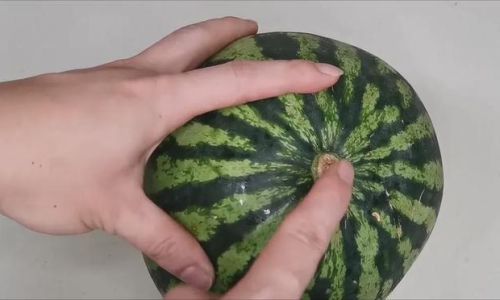
The part of the watermelon that was in contact with the ground during growth should be a creamy yellow or light green. A dark or overly large ground spot can suggest the watermelon was left on the vine too long, leading to over-ripeness or even rot.
Tactile Assessment: Feeling is Believing
-
Thump Test:
- One of the most well-known methods, the thump test involves gently tapping the watermelon with your knuckles. A ripe watermelon should produce a deep, hollow sound, akin to a drum. A dull thud may indicate it’s underripe, while a high-pitched ping could mean it’s overripe.
- Note that this method requires practice and may not be reliable for all varieties. Some watermelons naturally produce different sounds due to their density and structure.
-
Firmness Check:
Press gently on the watermelon’s surface. A ripe watermelon should yield slightly but still feel firm. Avoid those that are too soft, as they might be overripe or bruised, and those that are rock-hard, which could indicate they’re underripe.
Auditory Insights: Listening for Perfection
While the thump test is popular, there are other auditory methods worth exploring:
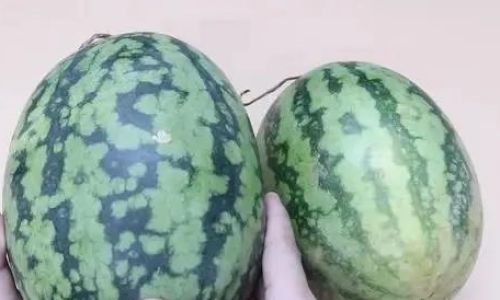
- Ear to the Vine: Place your ear close to the stem end of the watermelon and listen for any internal sounds. A ripe watermelon might produce a faint, hollow echo when tapped gently near the stem.
- Shake Test: Hold the watermelon by its stem end and gently shake it. If you hear sloshing sounds, it could mean the watermelon is overly watery or not fully developed. A ripe watermelon should have a solid, cohesive feel when shaken.
Olfactory Clues: Smelling Success
Though not as definitive as visual or tactile cues, the aroma of a ripe watermelon can provide additional confirmation. A ripe watermelon should have a faint, sweet smell when you inhale close to its rind. If it smells strongly or has an off-putting odor, it might be overripe or spoiled.
Vine and Stem Analysis: Nature’s Indicator
Examining the vine and stem can also reveal clues about the watermelon’s ripeness:
- Vine Condition: A ripe watermelon’s vine should be dry and brittle, often turning brown or even breaking off easily. Green, fresh vines might suggest the watermelon was picked prematurely.
- Stem Attachment: The stem should be dry and easily detachable from the watermelon. If the stem is still green and firmly attached, the watermelon might not be fully ripe.
Additional Tips for Selecting the Best Watermelon
-
Seasonal Selection:
Watermelons are typically in season during the warmer months, from late spring to early autumn. Choosing watermelons during their peak season ensures better quality and flavor.
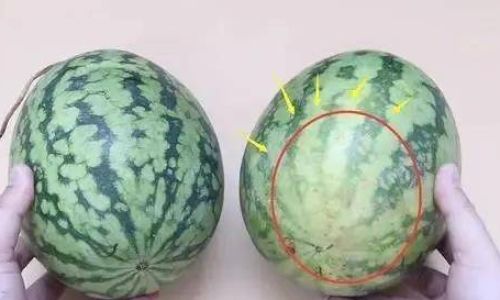
-
Source Reliability:
Purchase watermelons from reputable farmers’ markets, local farms, or grocery stores known for their fresh produce. This increases the likelihood of getting a ripe, high-quality watermelon.
-
Storage Considerations:
Once you’ve selected a ripe watermelon, store it in a cool, dark place until you’re ready to eat it. Avoid refrigerating it for too long, as this can alter its texture and flavor.
Conclusion
Mastering the art of selecting a ripe watermelon involves a combination of visual inspection, tactile assessment, auditory analysis, olfactory clues, and understanding the vine and stem’s condition. By paying attention to these details, you can significantly increase your chances of bringing home a delicious, juicy watermelon that will be the highlight of your summer gatherings. Remember, practice makes perfect, and with each watermelon you choose, you’ll become more attuned to the subtle signs of ripeness that nature has provided. So, the next time you’re at the market, put your newfound skills to the test and enjoy the sweet rewards of a perfectly ripe watermelon. Happy picking!
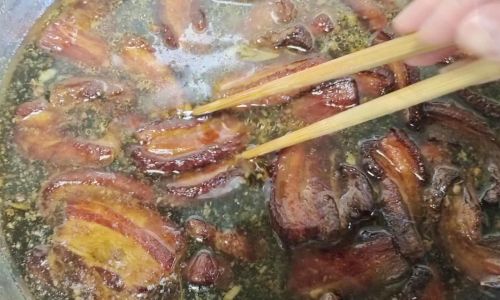

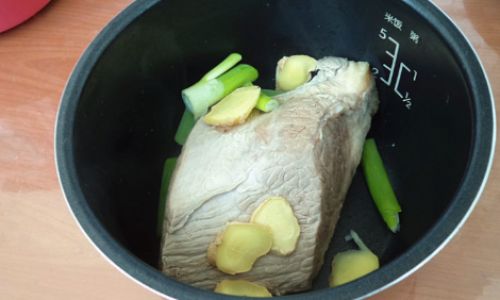
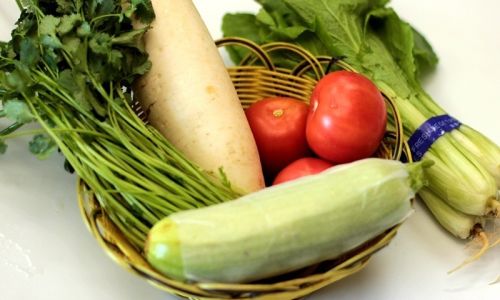
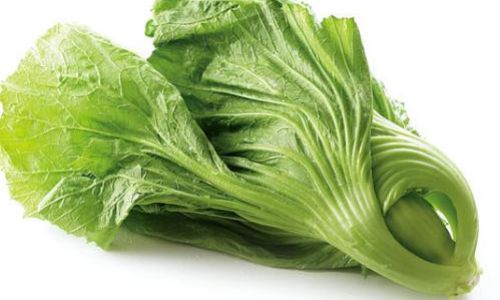

0 comments